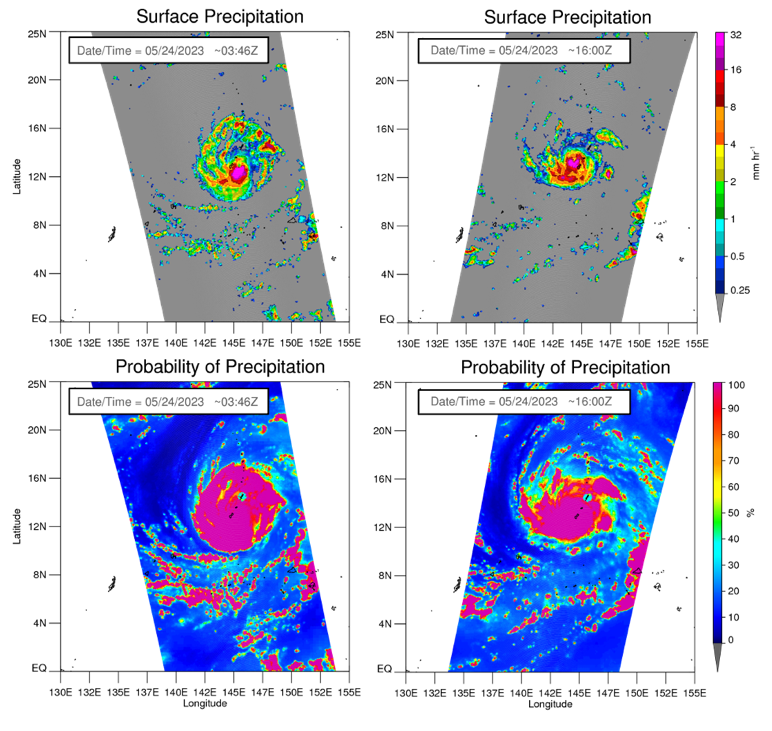
Providing Observations When Radars Aren’t Available
AMSR2 Precipitation Product During Mawar’s Landfall in Guam

AMSR2 Precipitation Product During Mawar’s Landfall in Guam
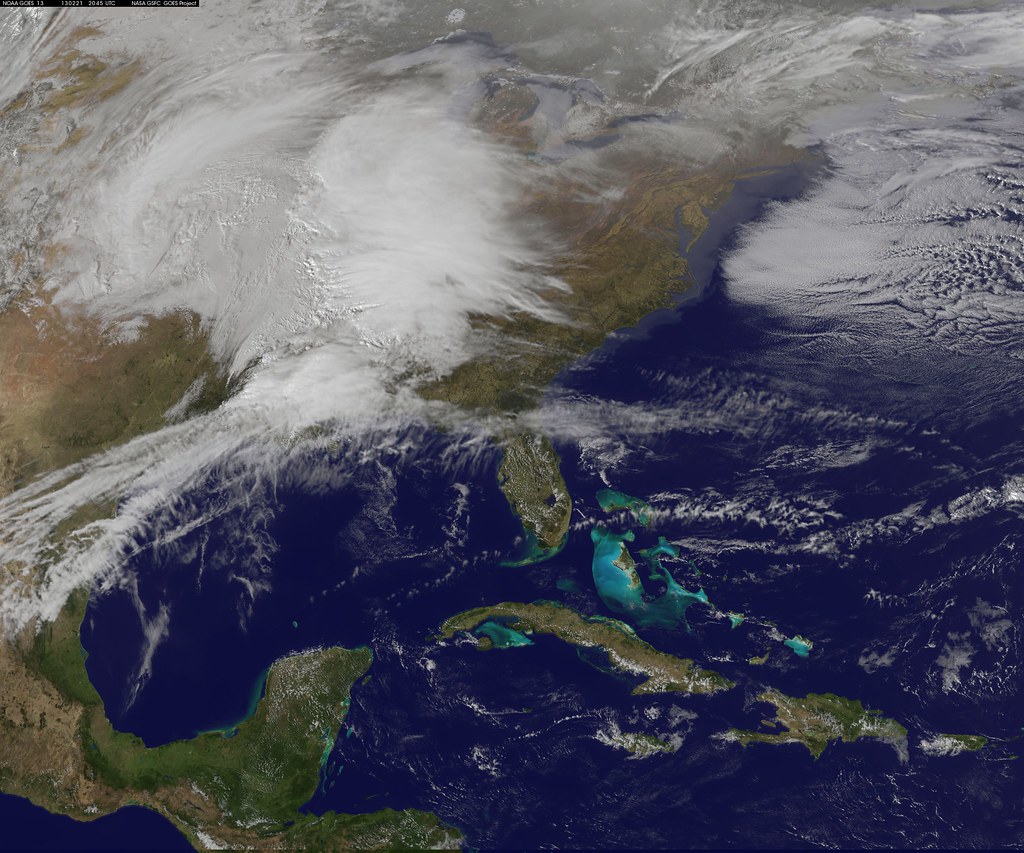
Korak Saha and Yongsheng Zhang are co-authors of a new paper in Remote Sensing titled “Oceanic Responses to the Winter Storm Outbreak of February 2021 in the Gulf of Mexico from In Situ and Satellite Observations”.
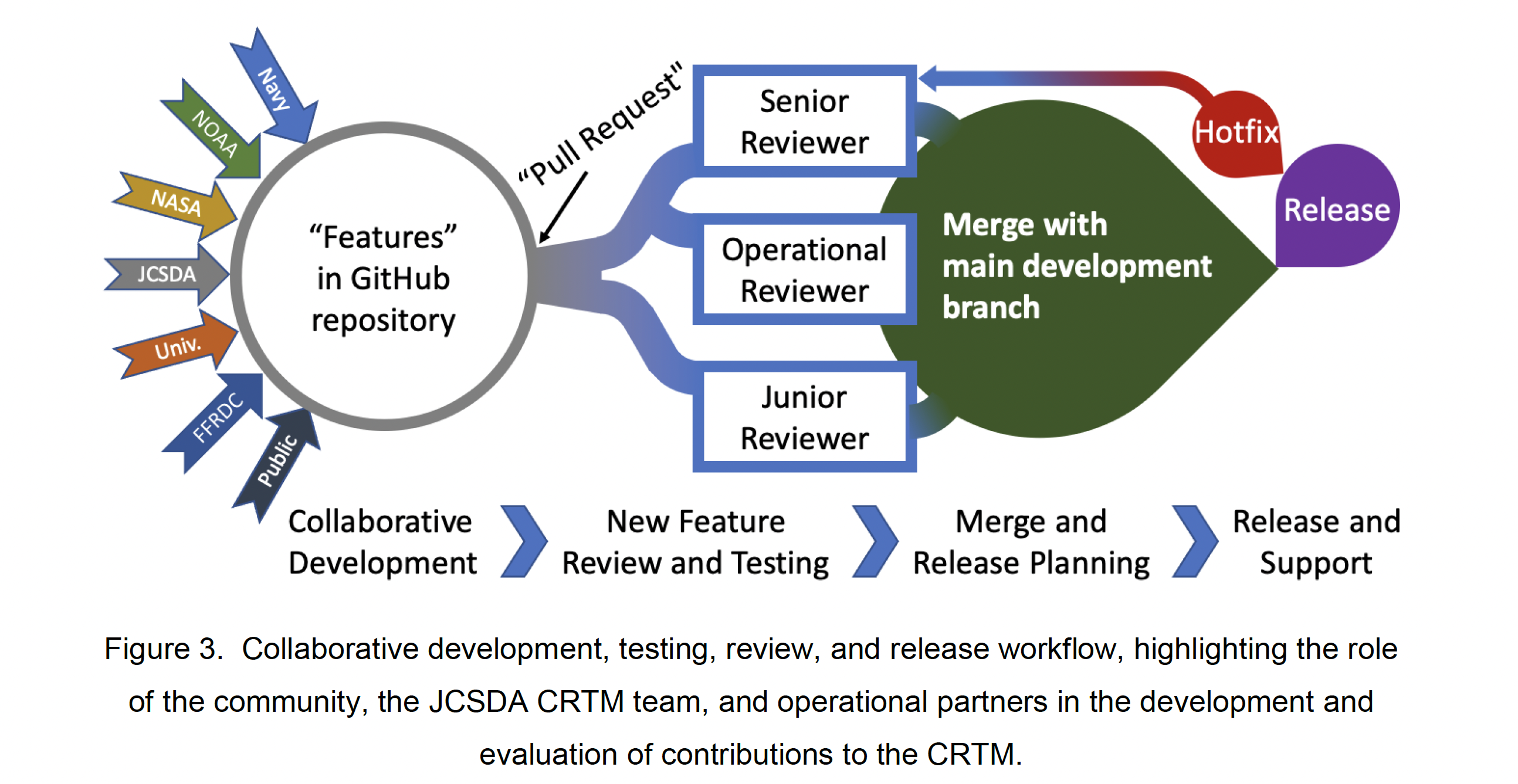
Isaac Moradi is the co-author of a paper entitled “The Community Radiative Transfer Model (CRTM): Community-Focused Collaborative Model Development Accelerating Research to Operations” published in Bulletin of the American Meteorological Society.

Earlier this month, Earth Systems Science Interdisciplinary Center (ESSIC) held a virtual workshop on Python hosted by Rebekah Esmaili from Science and Technology Corp (STC).
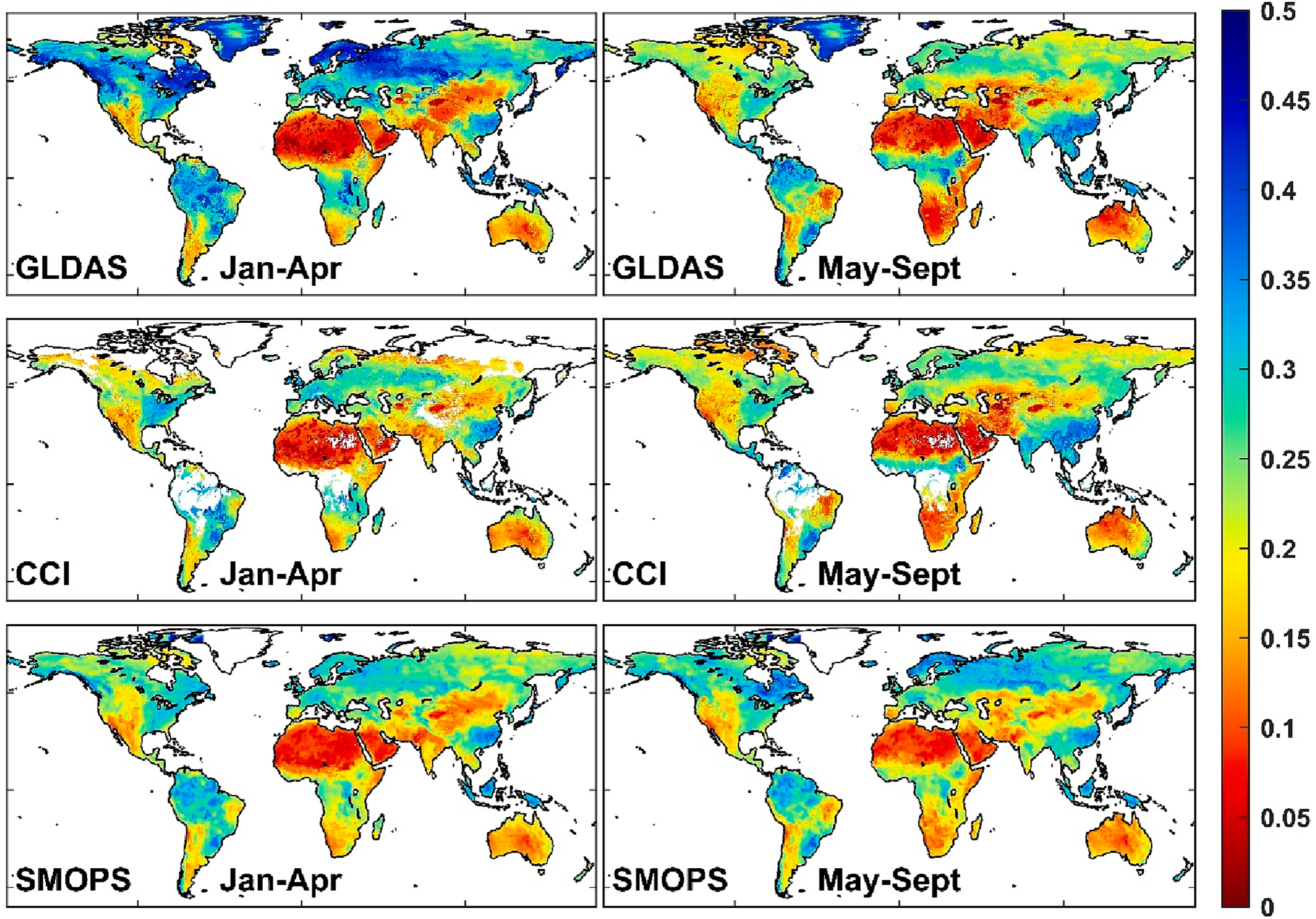
Jifu Yin, Ralph Ferraro, and Jicheng Liu are authors on a new paper in Journal of Hydrology
titled “Assimilation of Blended Satellite Soil Moisture Data Products to Further Improve Noah-
MP Model Skills”.

Distinguished University Professor (DUP) Zhanqing Li has received a Fulbright Specialist Program award, a prestigious honor bestowed by the U.S. Department of State and the Fulbright Foreign Scholarship Board to support Dr. Li’s month-long visit of the Universite de Lille in Lille, France, where he will be collaborating on studies concerning air pollution and interactions with global climate changes by means of remote sensing and AI techniques.
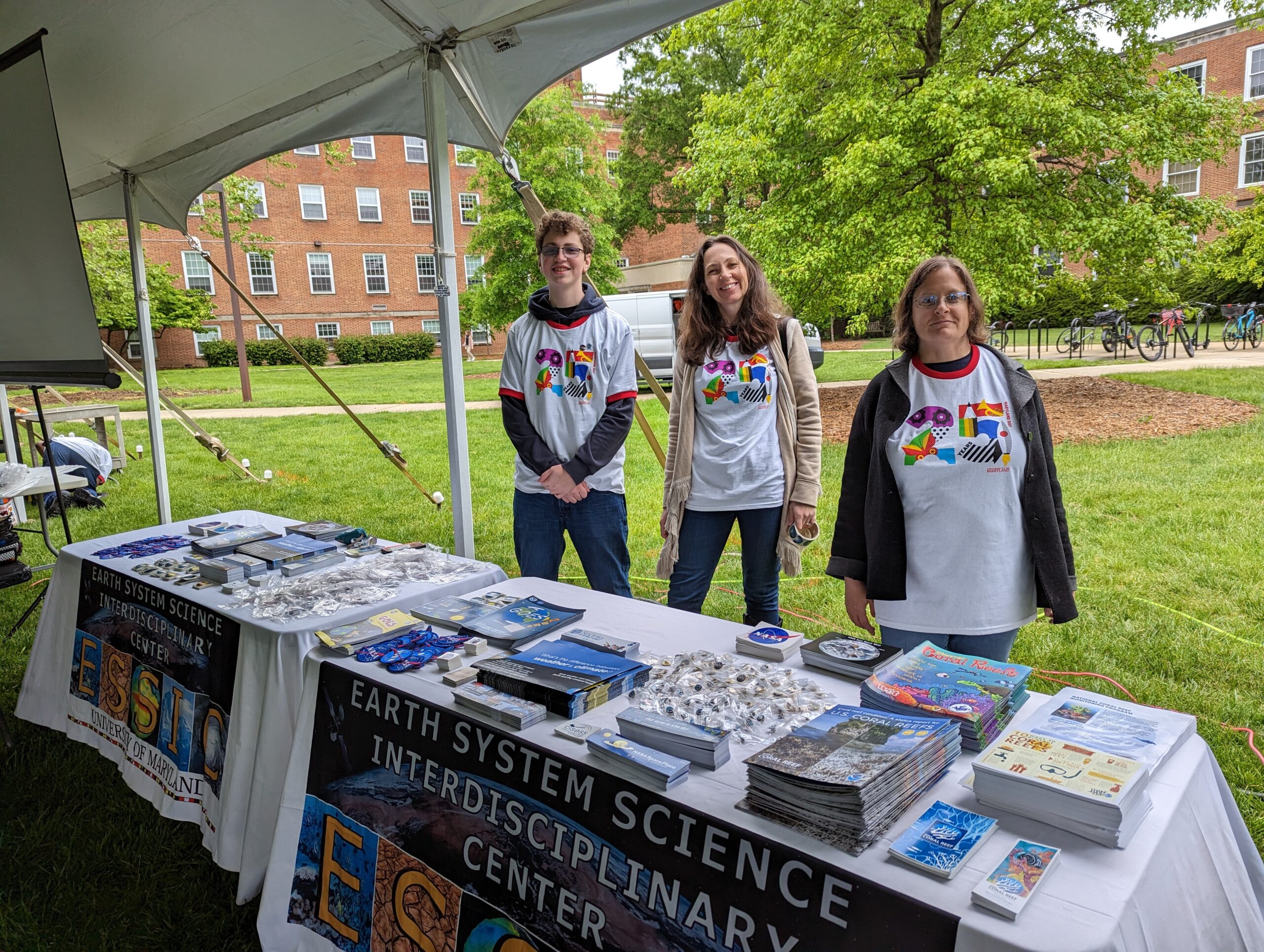
On Saturday, April 29, ESSIC faculty and staff gathered to celebrate Maryland Day, the University of Maryland’s largest community outreach event! This was the 25th year that the university held the event, and the 23rd time that ESSIC has participated.
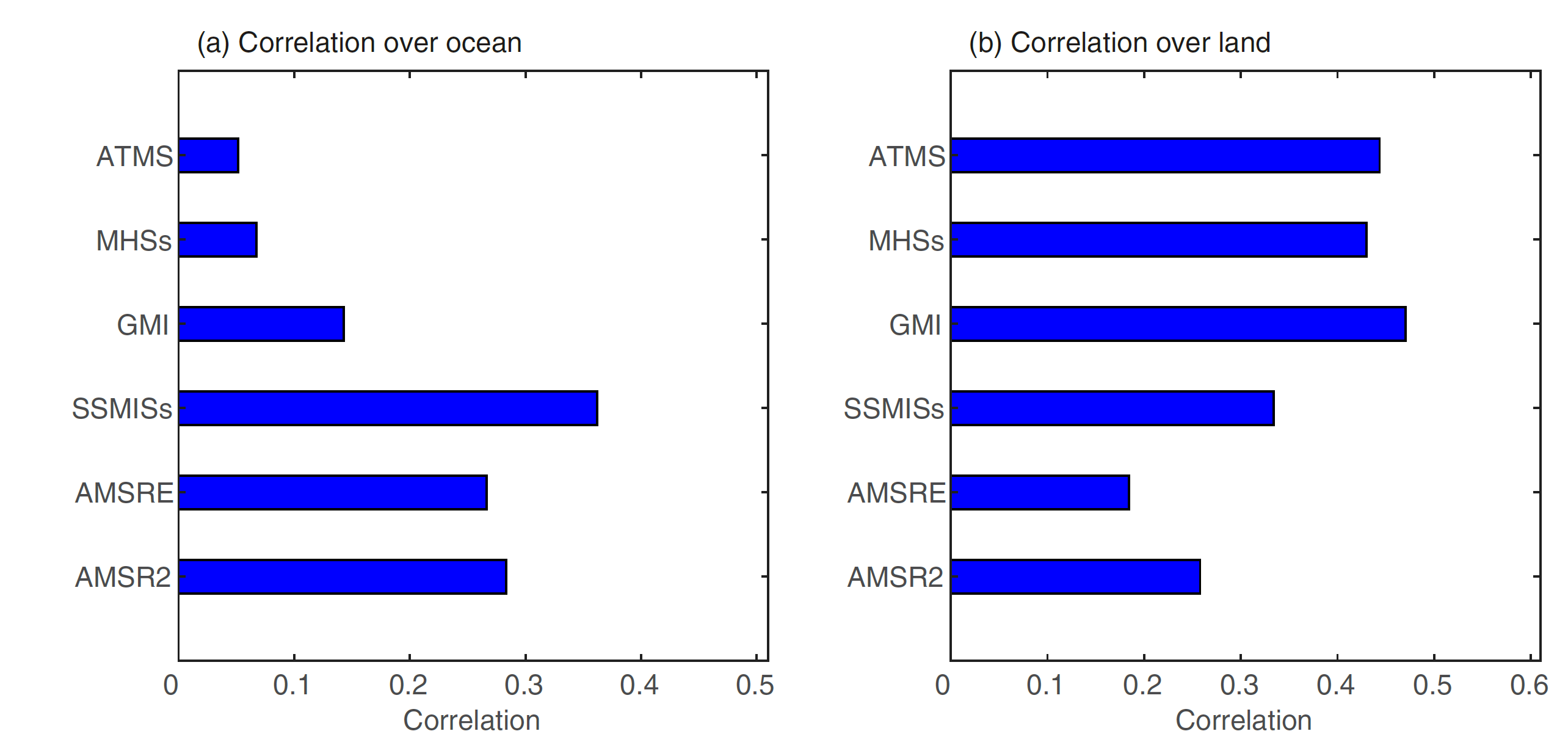
Satellite observations provide the only means for snowfall detection and snowfall intensity estimation on a global scale.
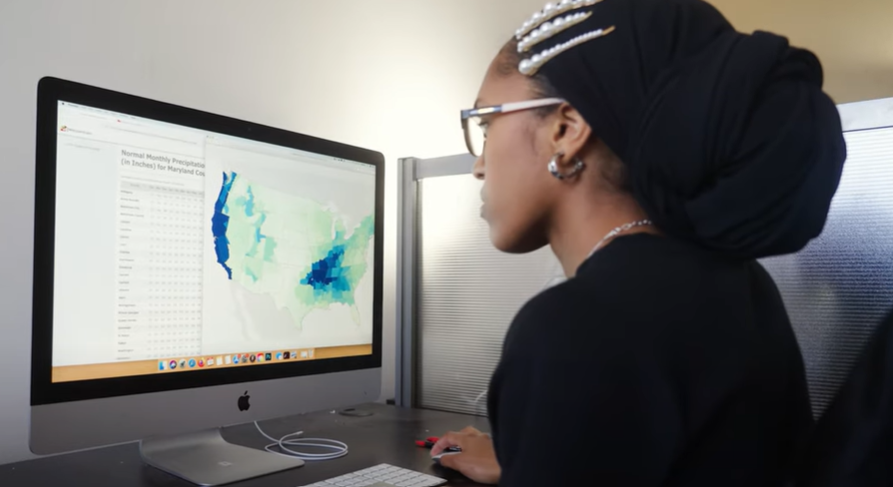
A multidisciplinary group of researchers focused on Earth system science and global change is preparing to leverage the latest scientific tools and discoveries in their fields to meet the existential threats of climate change in Maryland head-on.

An interdisciplinary team of researchers including ESSIC Scientist Michael Gerst has developed a suite of tools to estimate the total economic value of improving water quality in urban streams.